Researchers study chickpea flour as a potential building block for biodegradable (and edible) packaging materials.
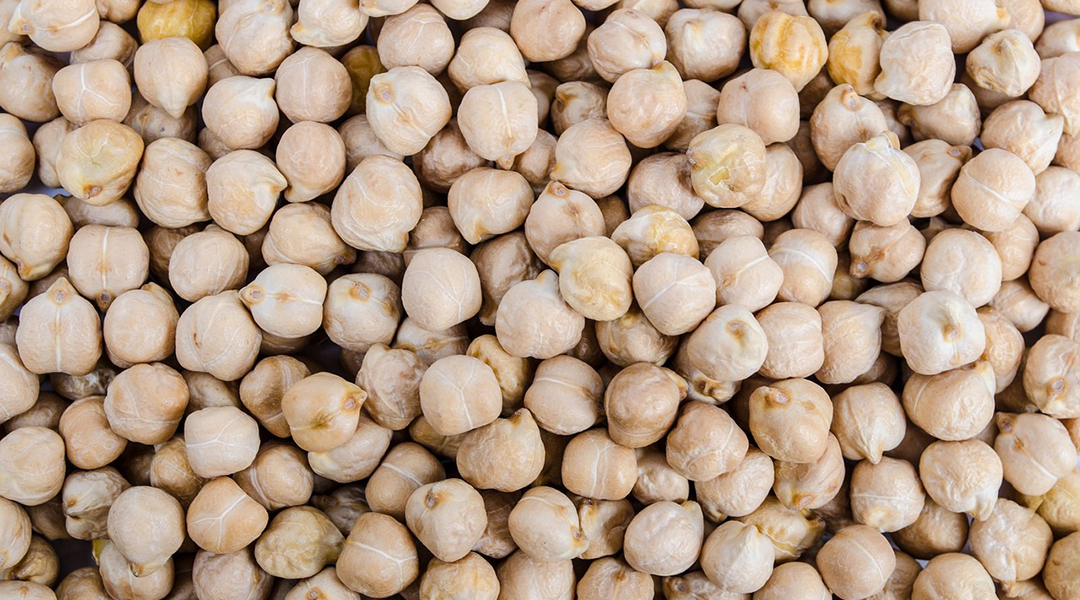


Researchers study chickpea flour as a potential building block for biodegradable (and edible) packaging materials.
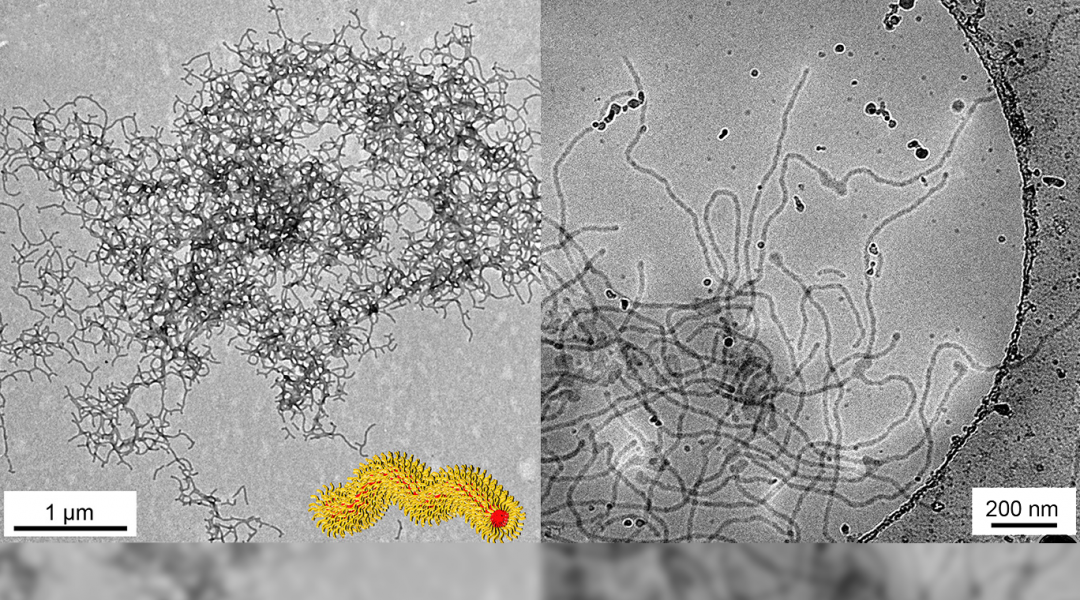
Researchers seek a more effective way to culture human embryonic stem cells.

Researchers are looking at hydrogel scaffolding with drug-delivery properties to improve skin tissue engineering.
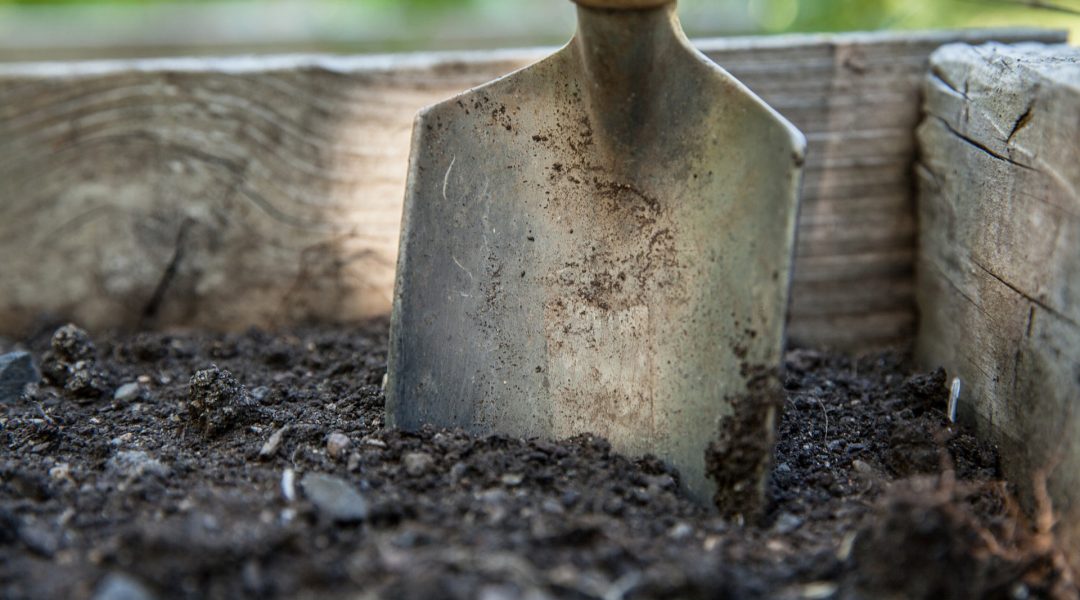
Re-exploring poly(N,N‐dimethylaminophenylene methacrylamide) as a novel antimicrobial polymer.

Polymers, specifically the biopolymer hyaluronic acid, could provide a better alternative to surgical sutures and staples for wound closure and healing.
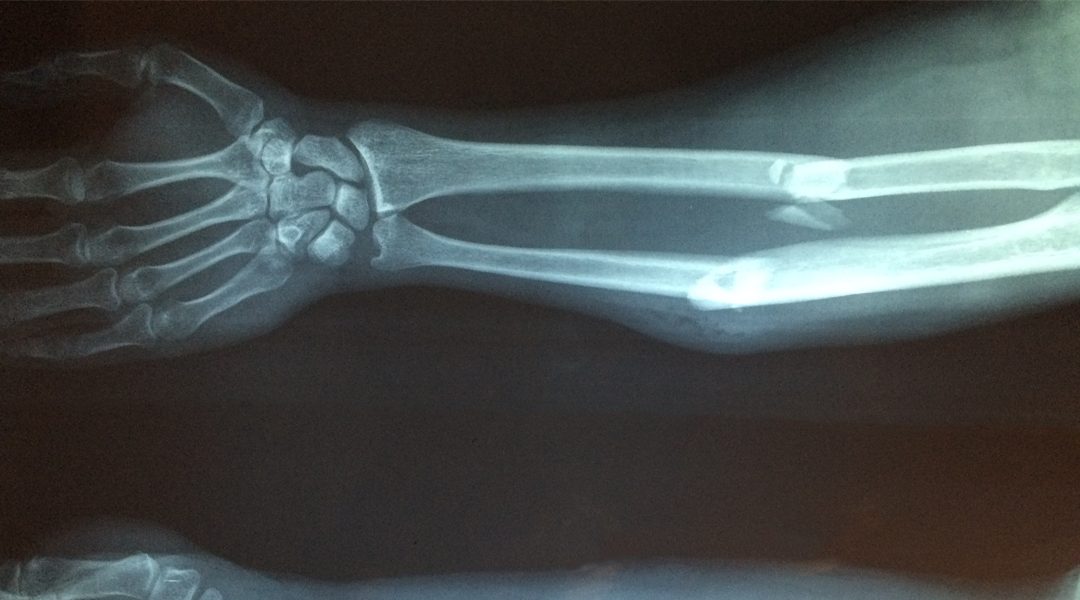
Researchers focus on improving the existing molecular scaffolding that is used for bone regeneration.

Three exceptional young scientists were awarded poster prizes from the new journal Polymer Crystallization at the 2018 Polymer Crystallization Workshop that took place in September in Genova.
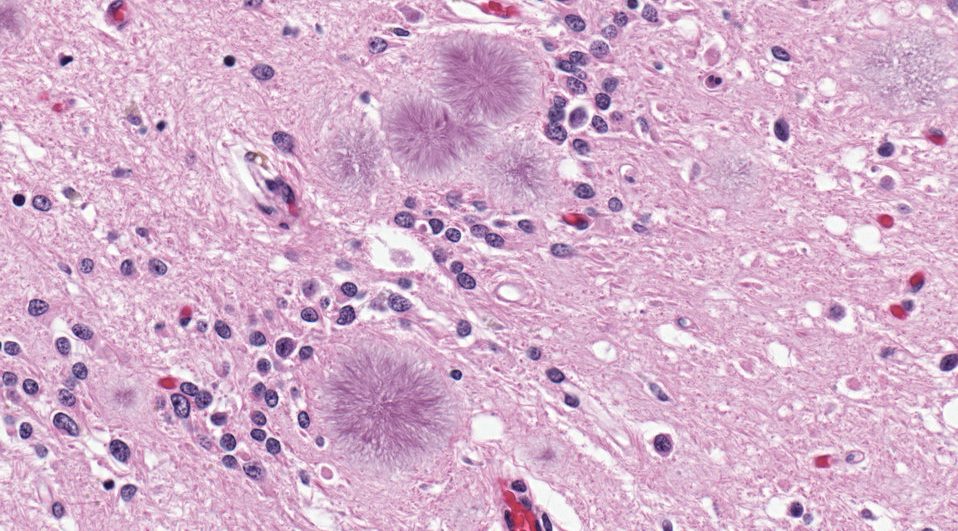
Amyloid peptides have a bad rep as the villains of human diseases like Alzheimer’s. But research is showing that they might not be all bad after all.
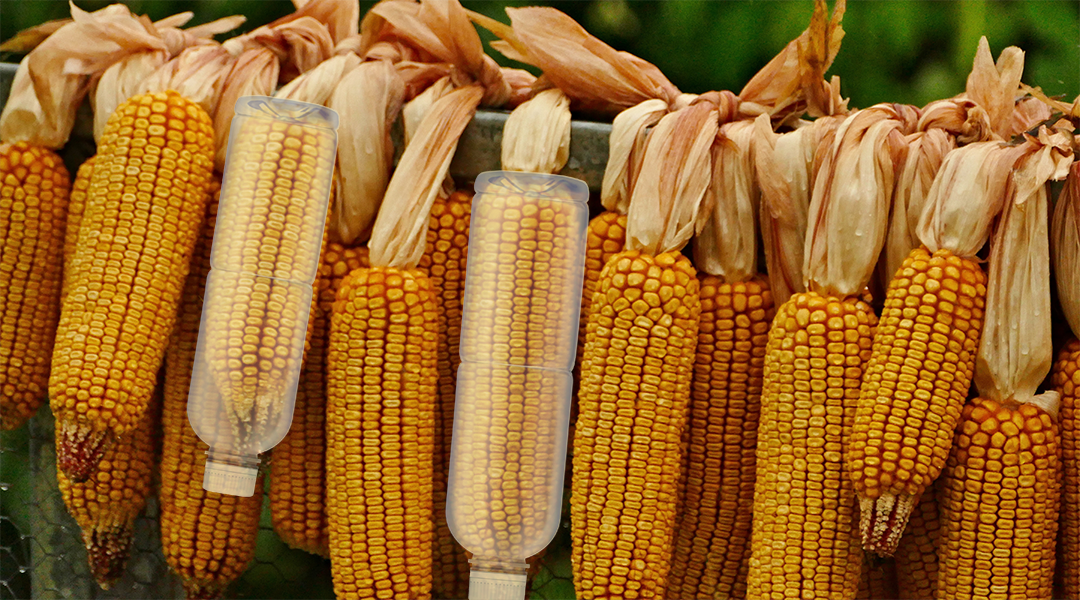
Researchers seek more eco-friendly sources for plastics. The newest choice? Cornstarch.
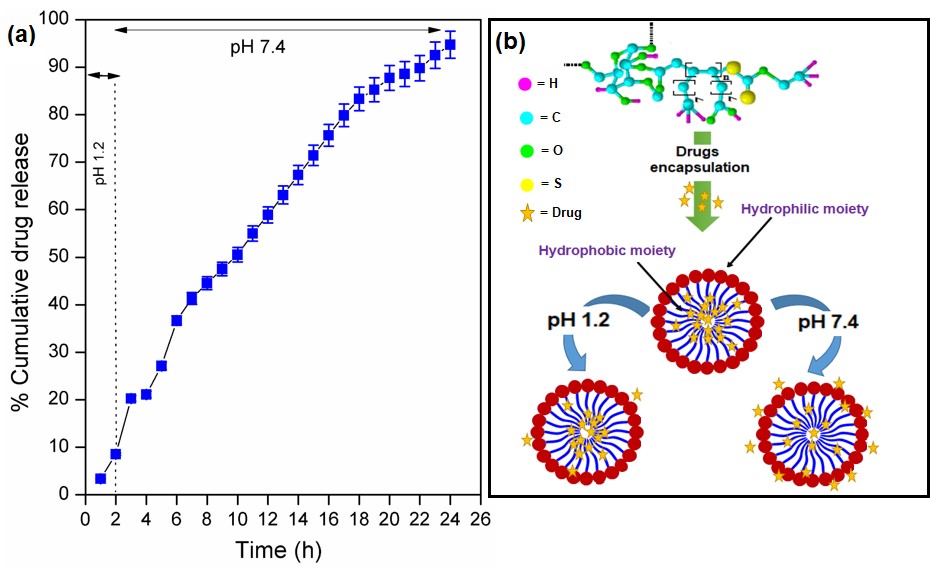
Researchers synthesized a novel copolymer to improve the efficacy of orally-administered drugs.